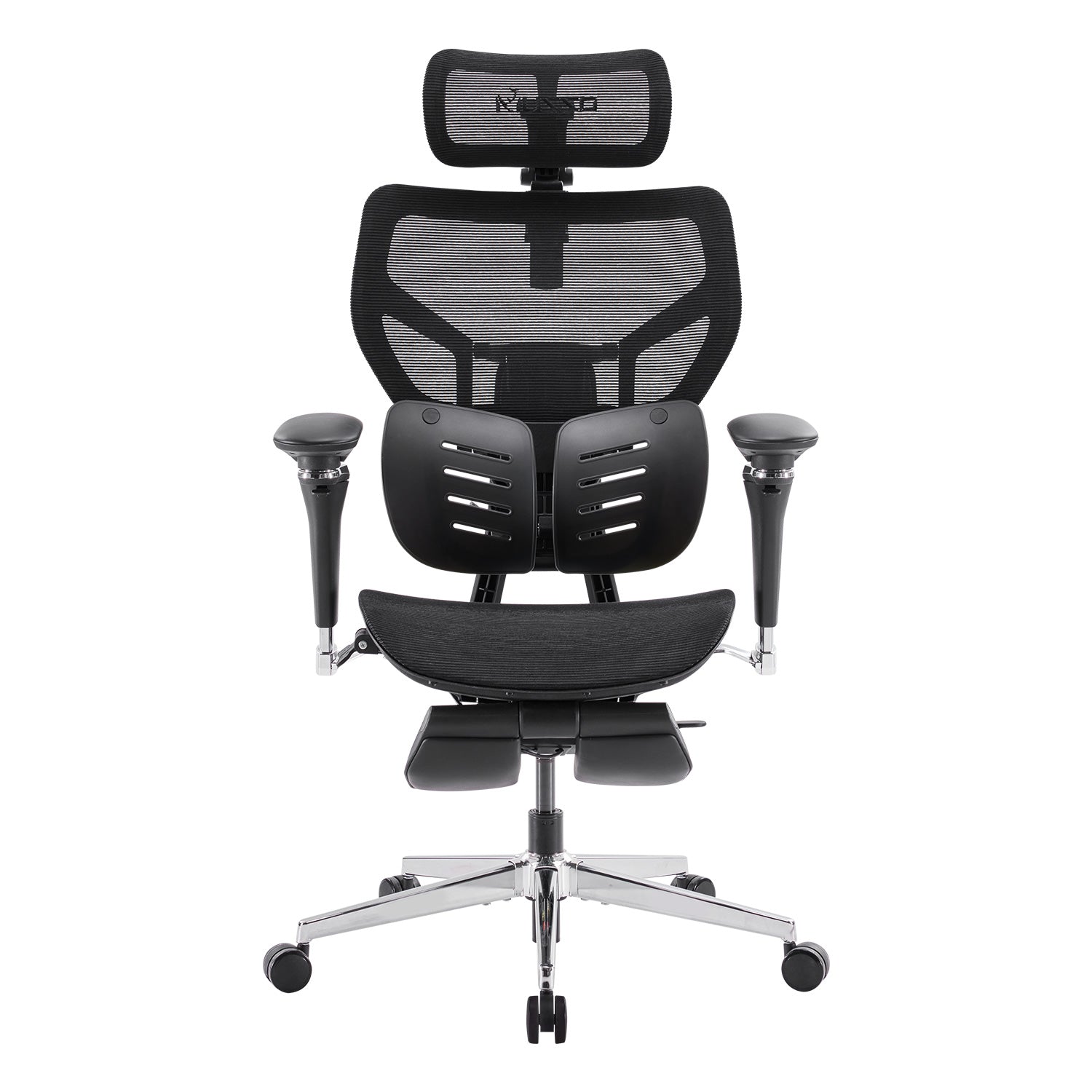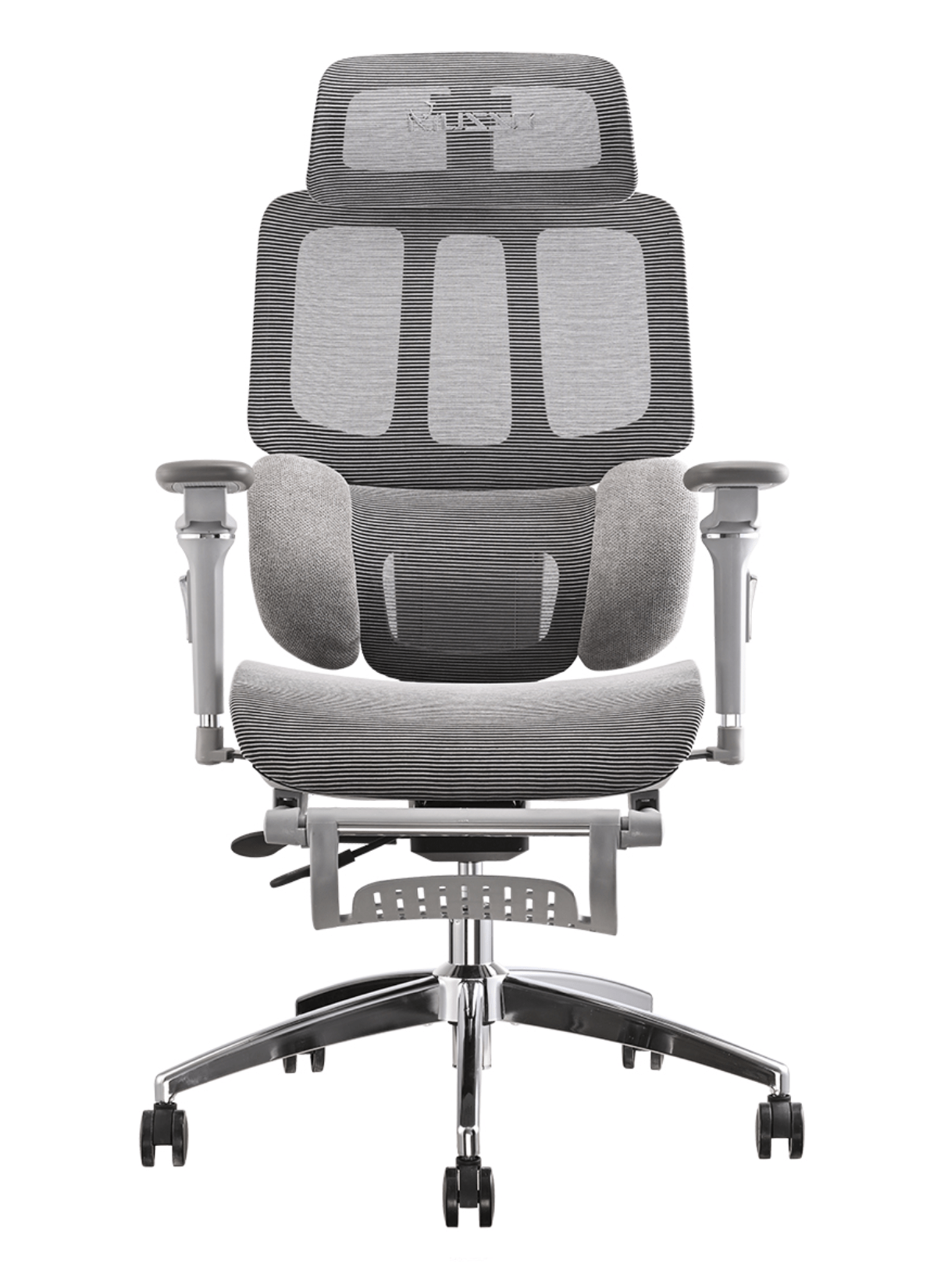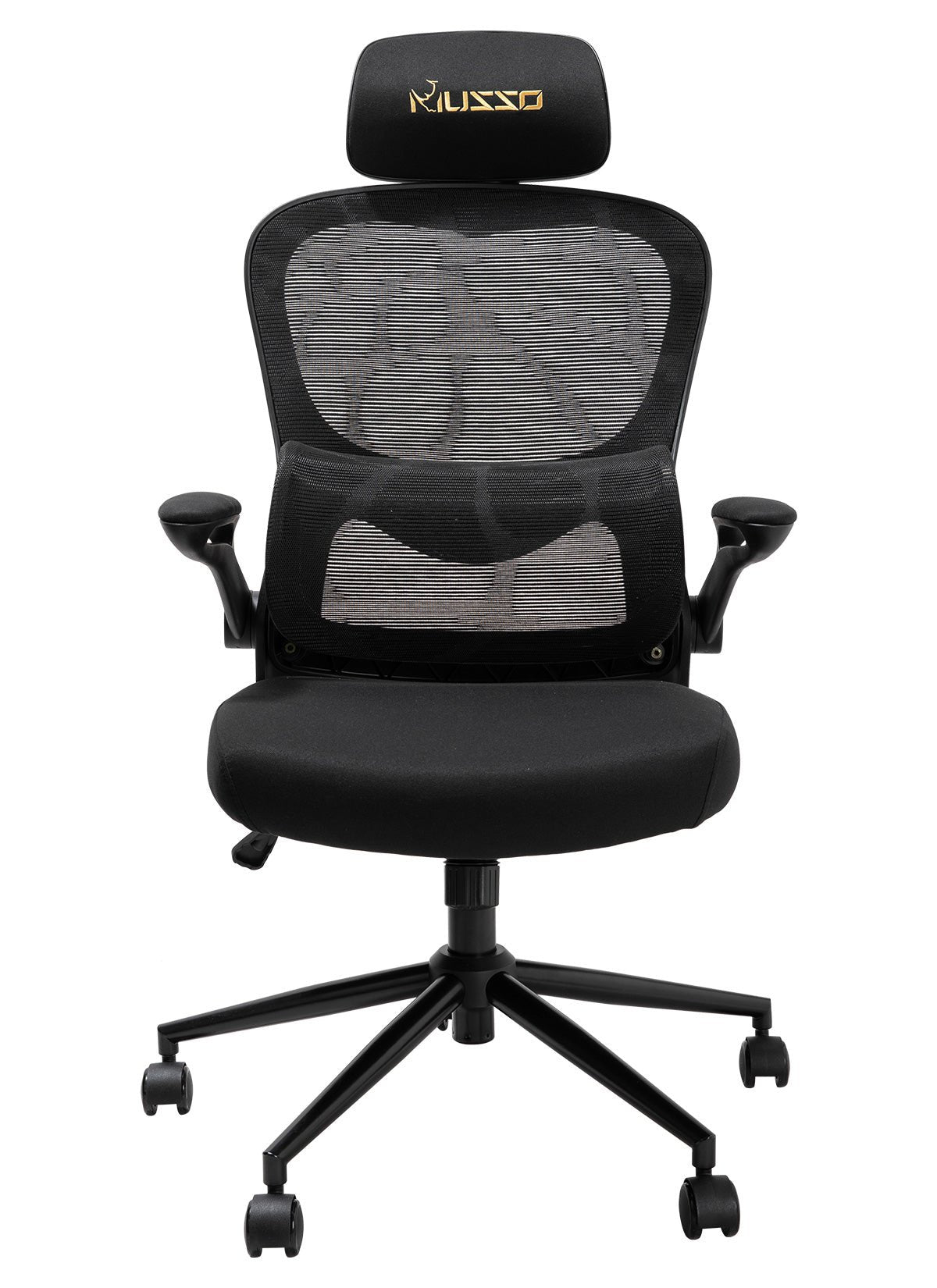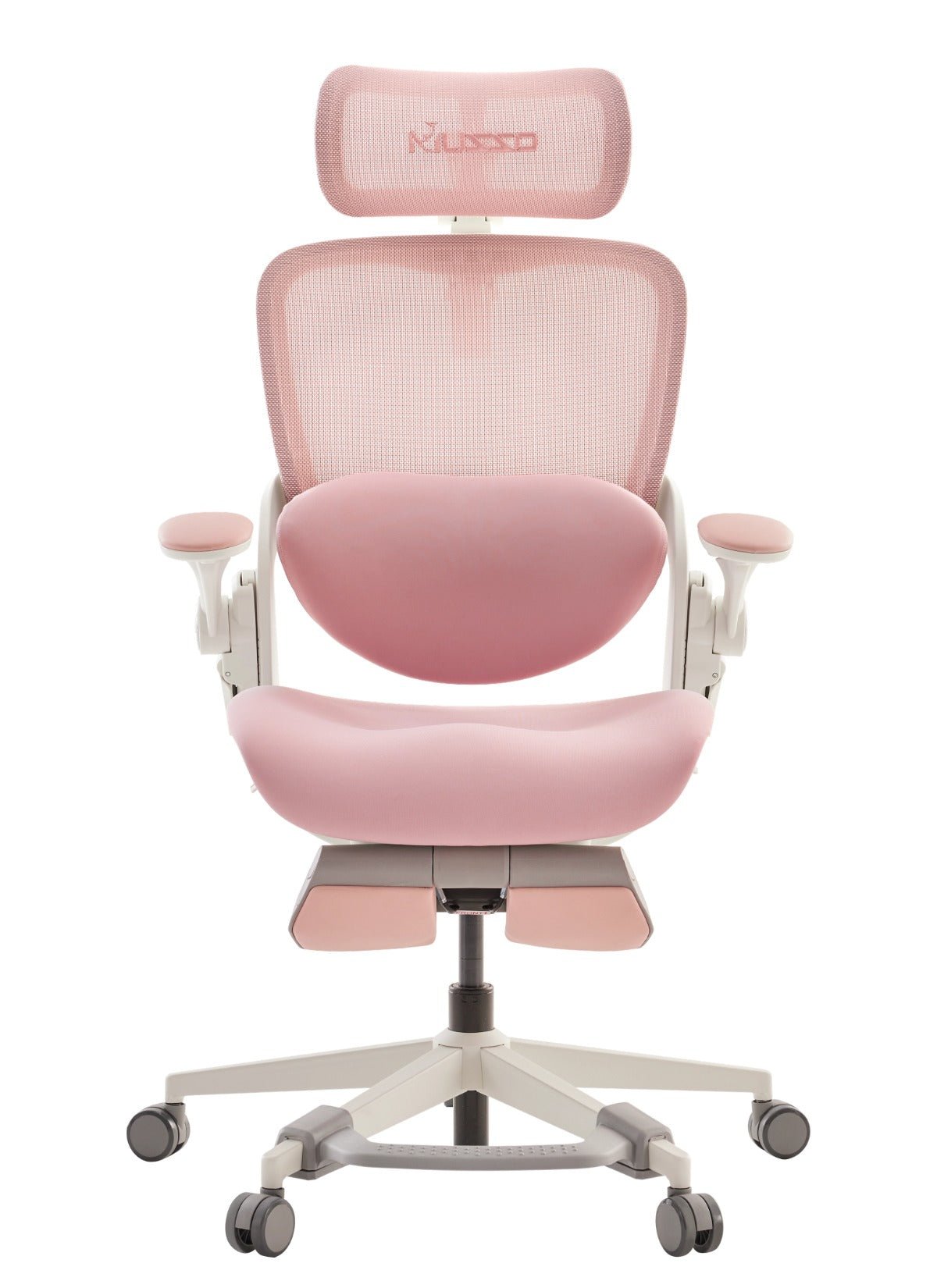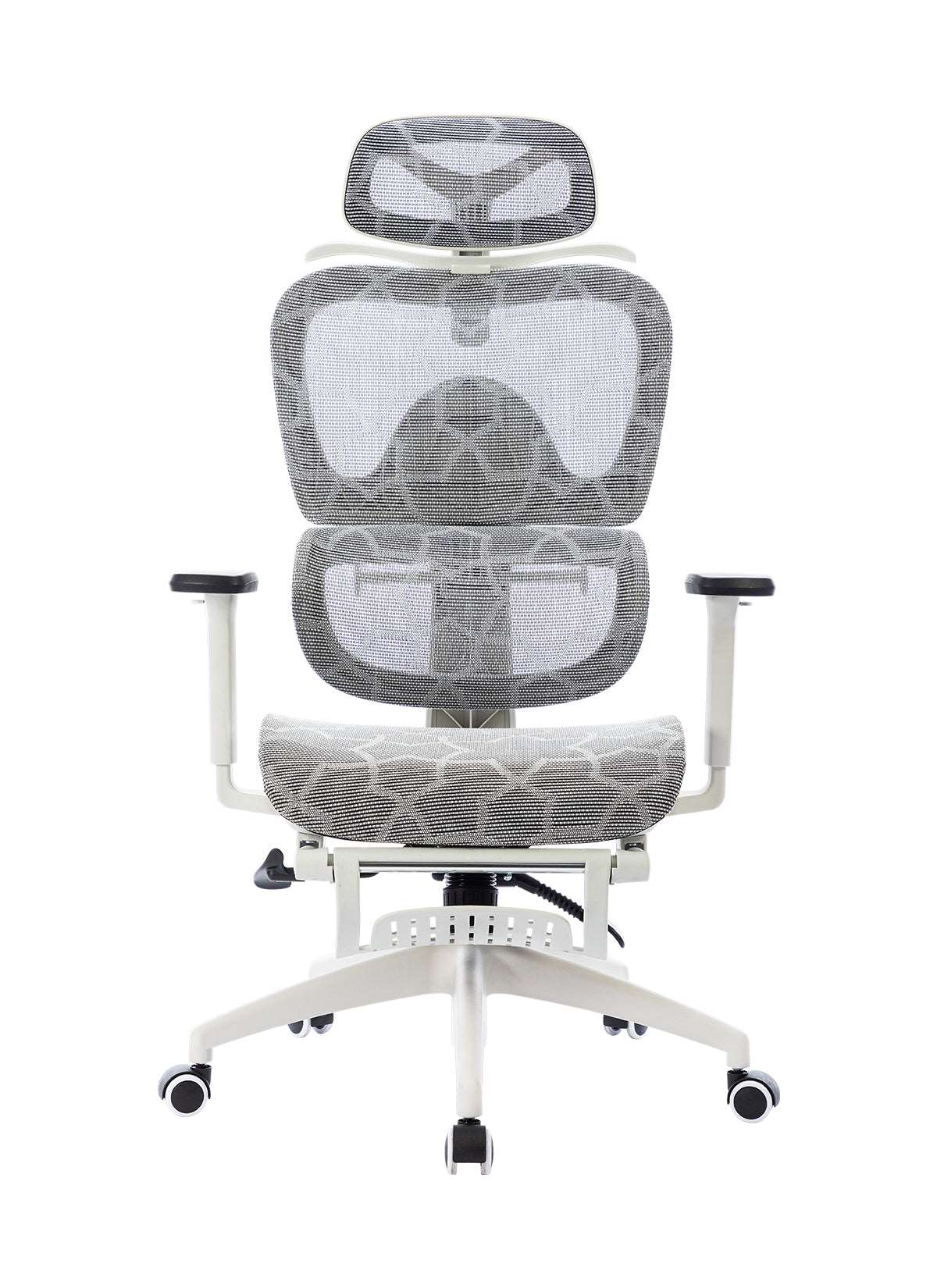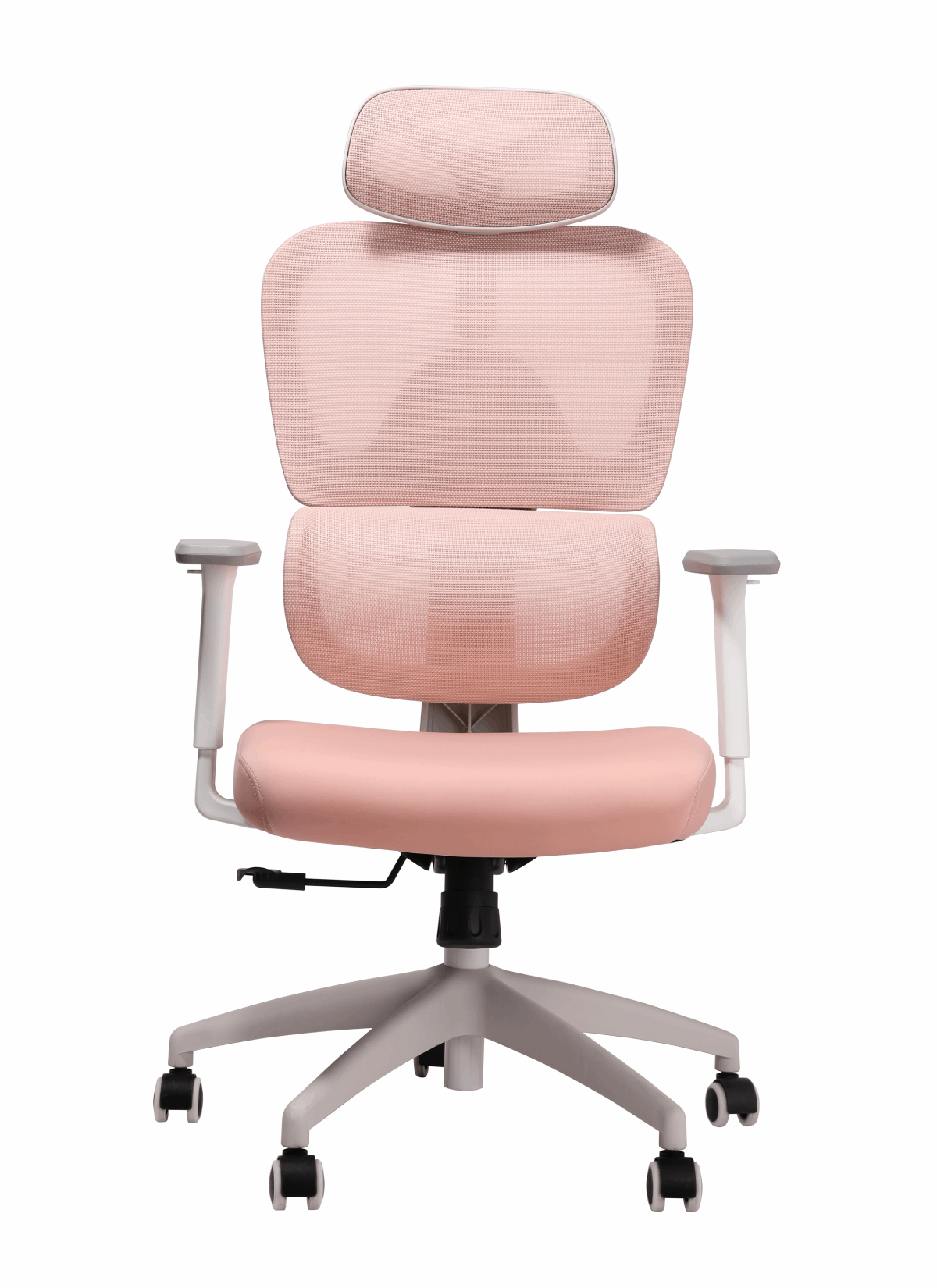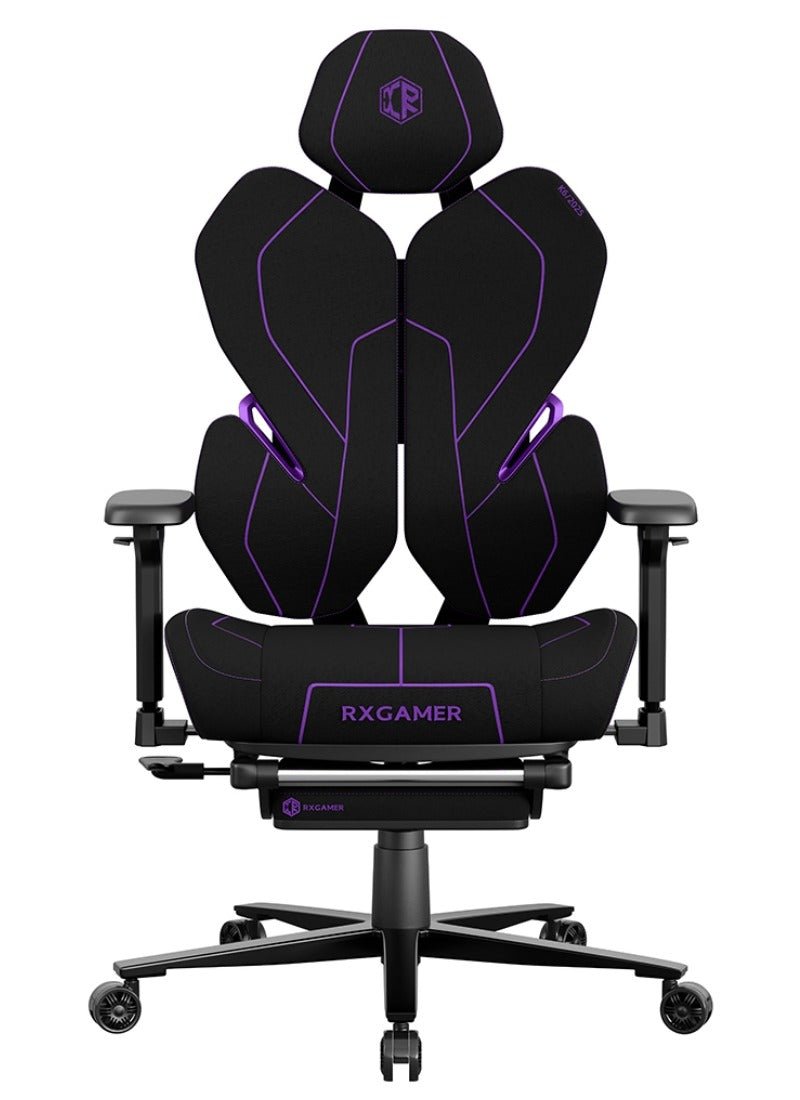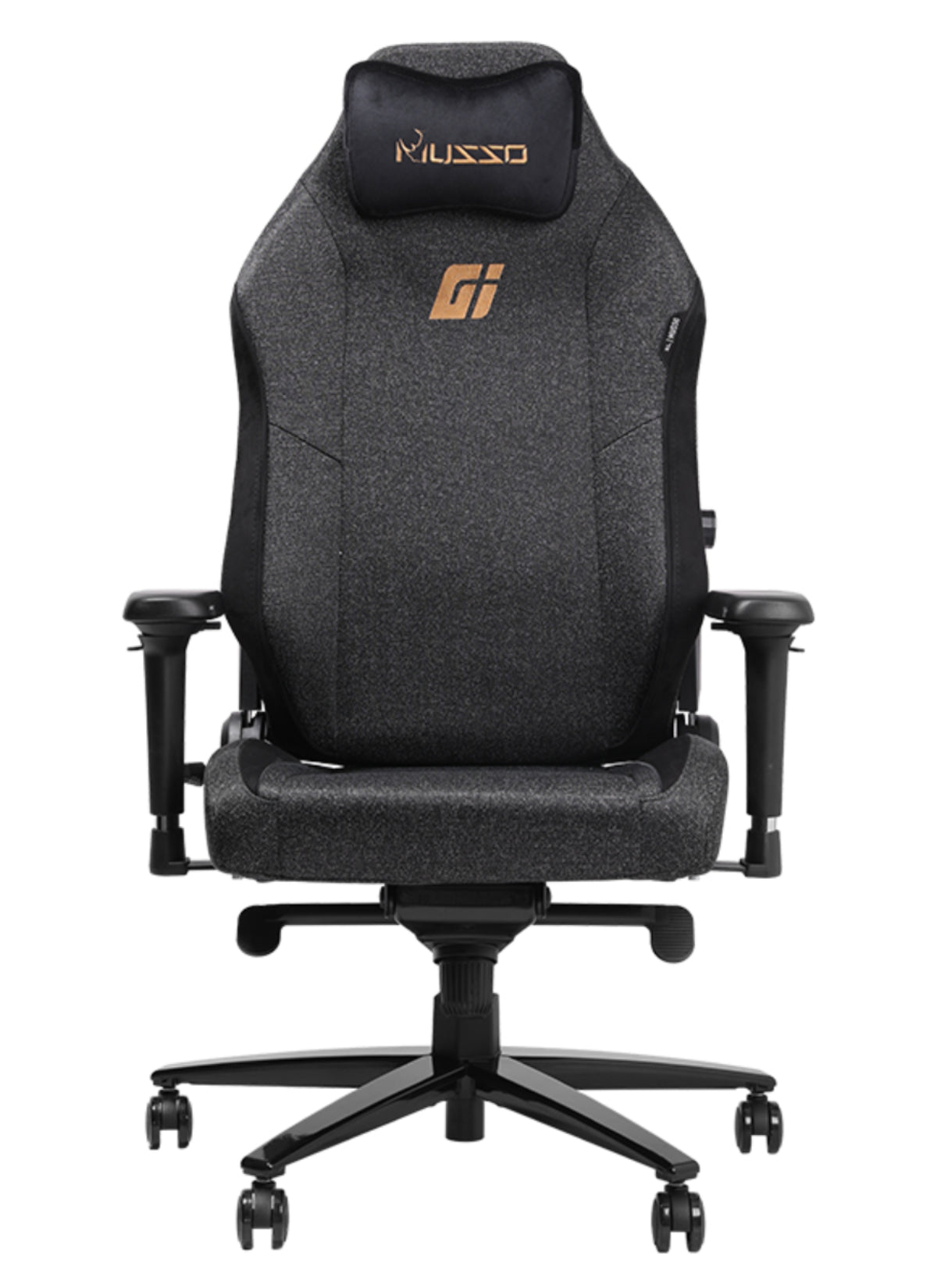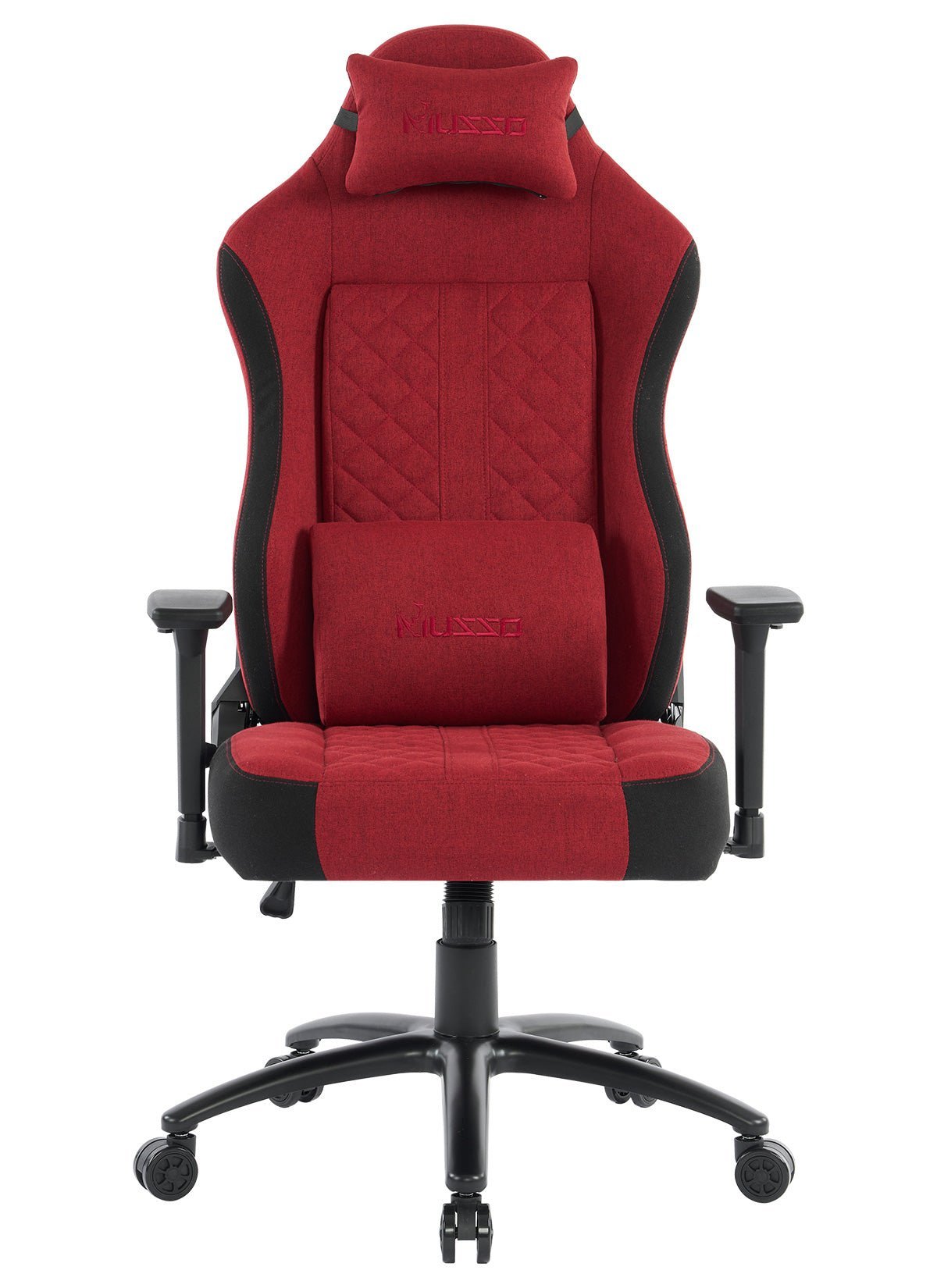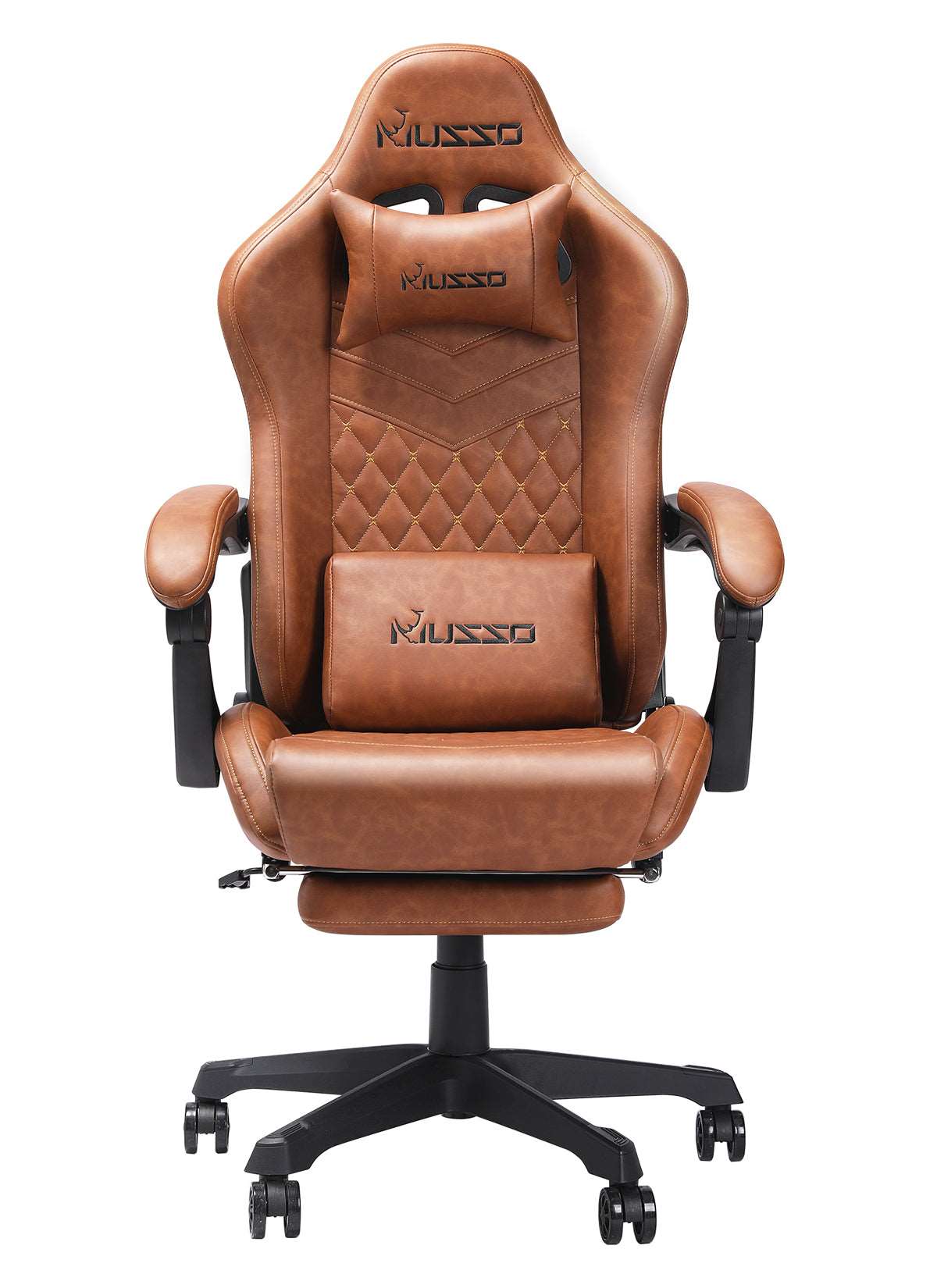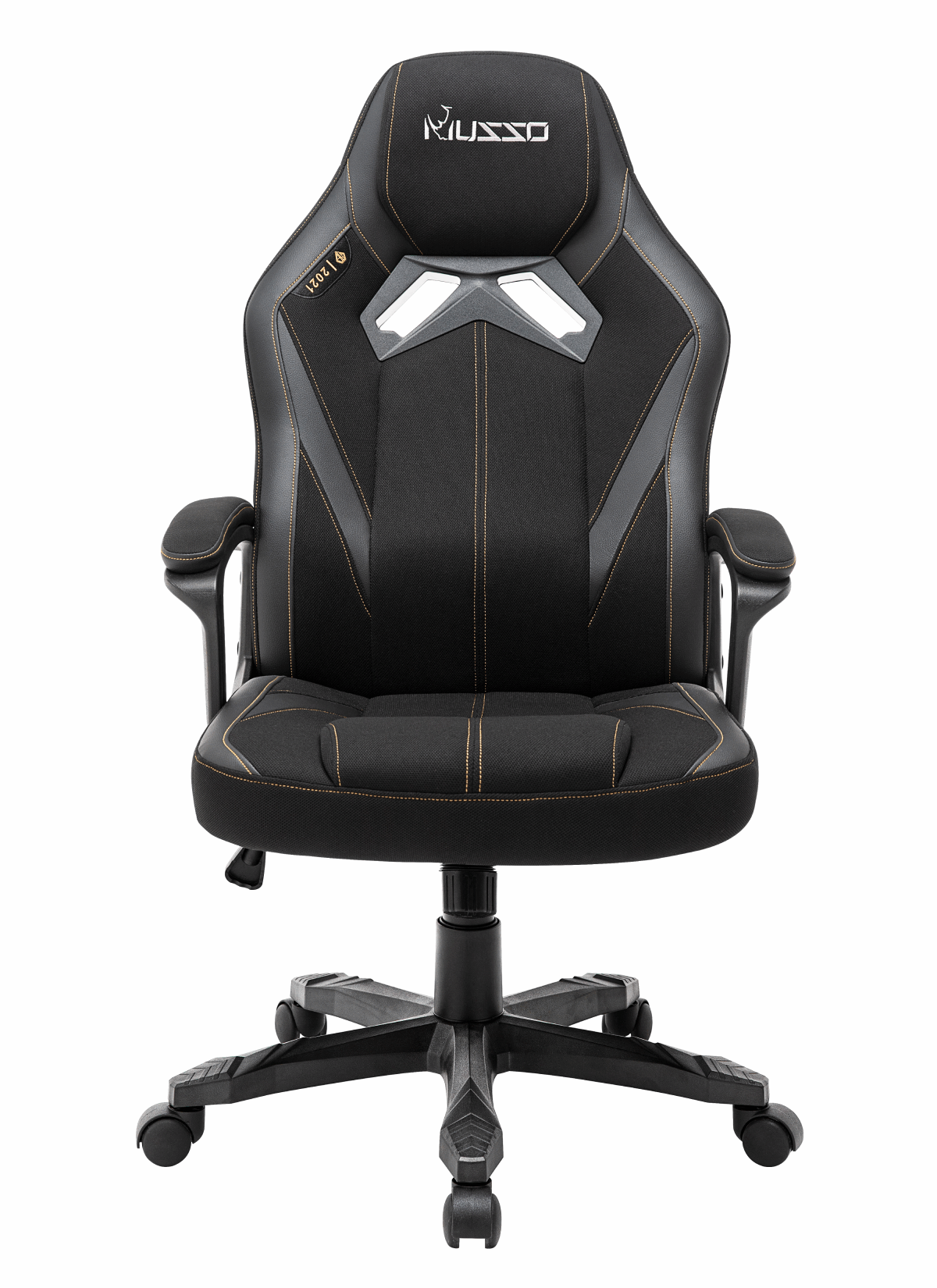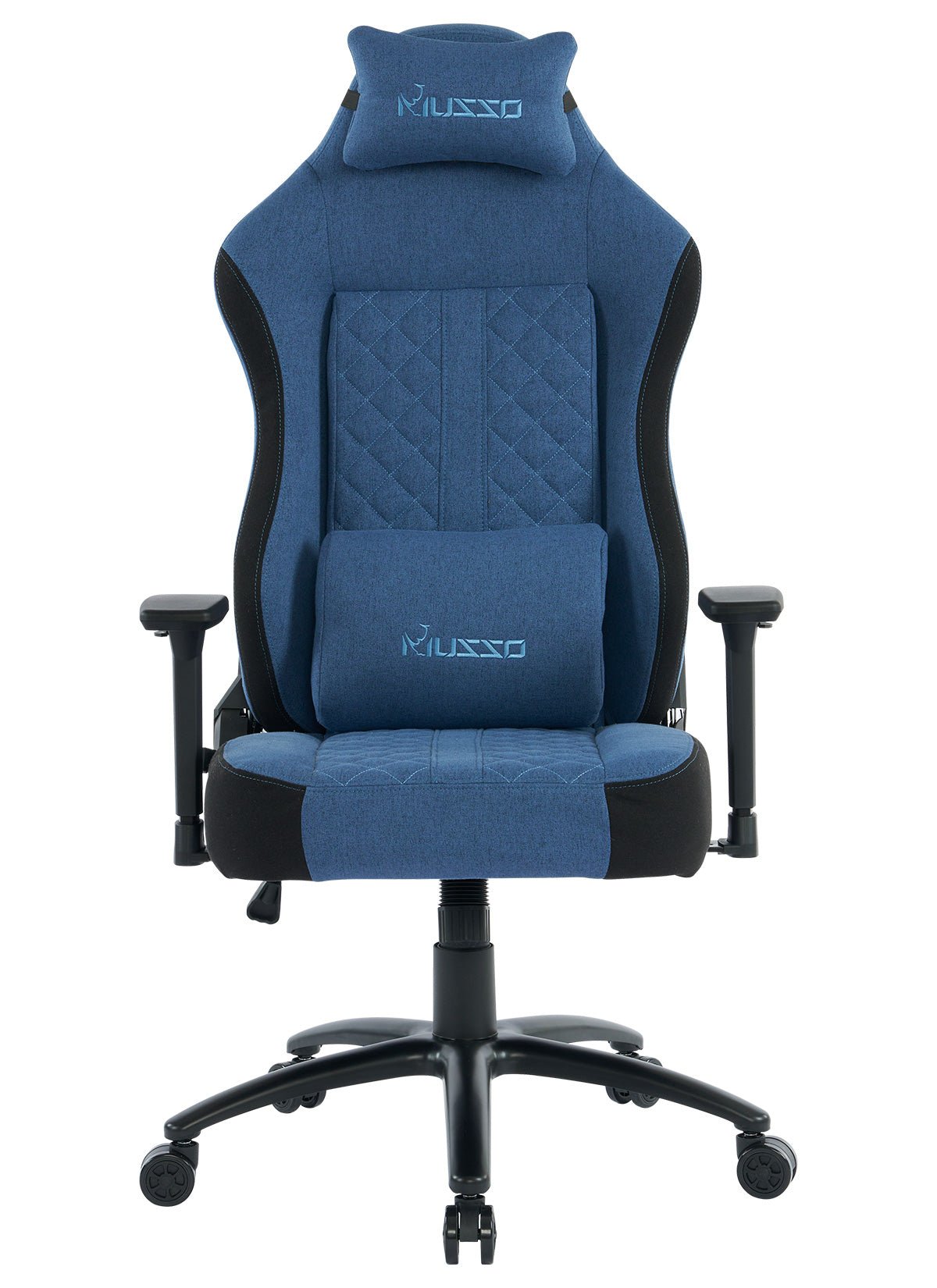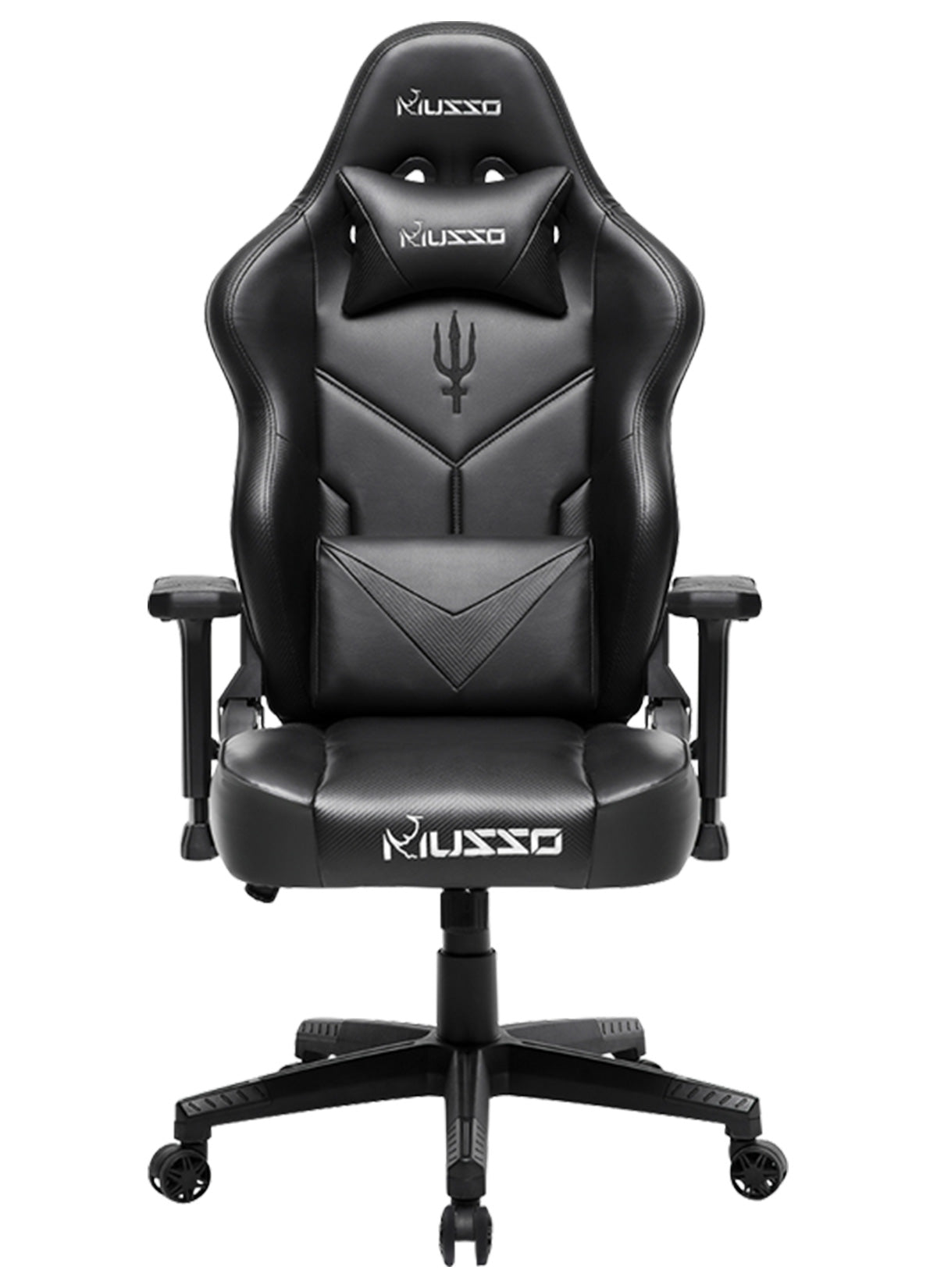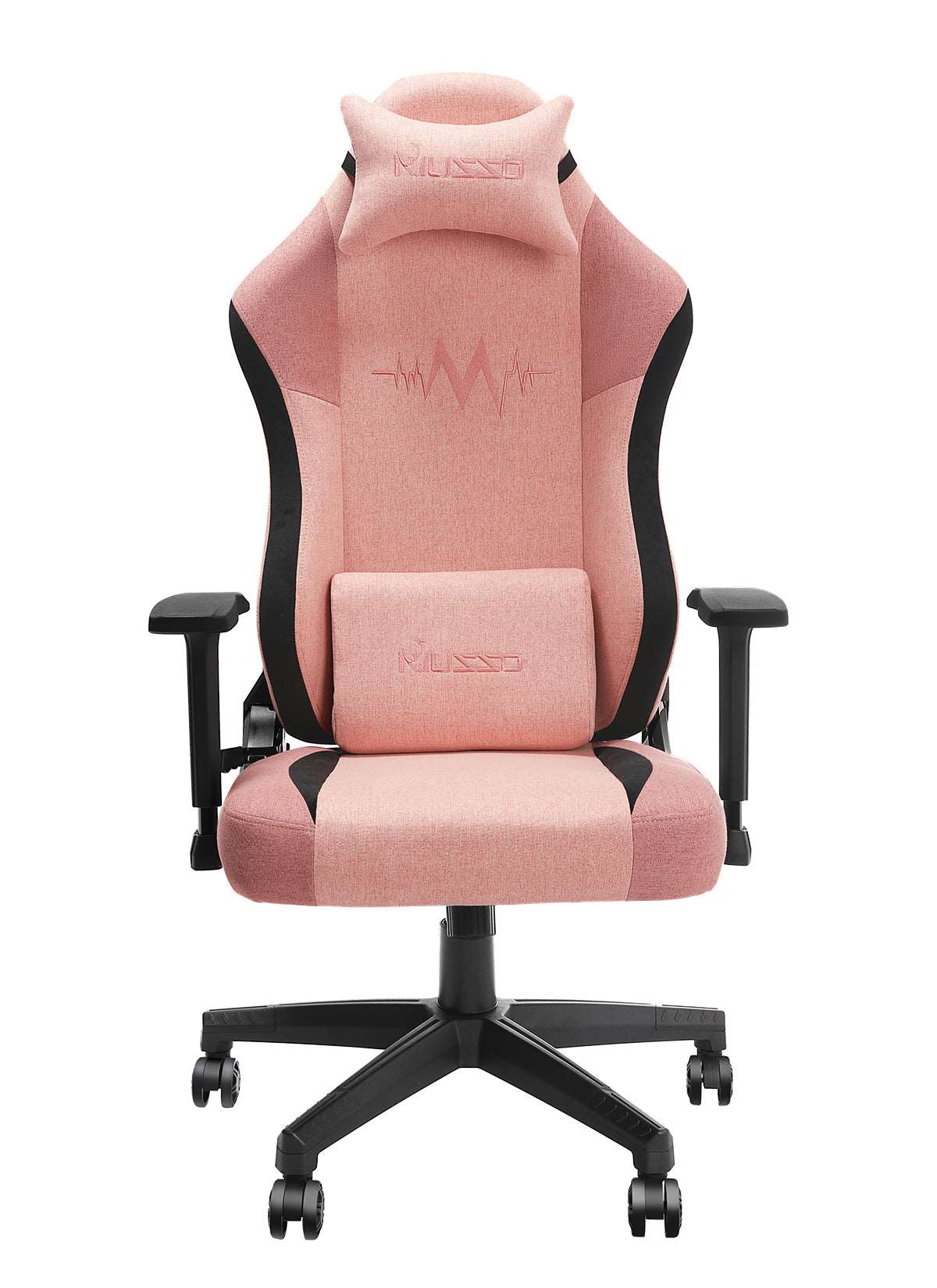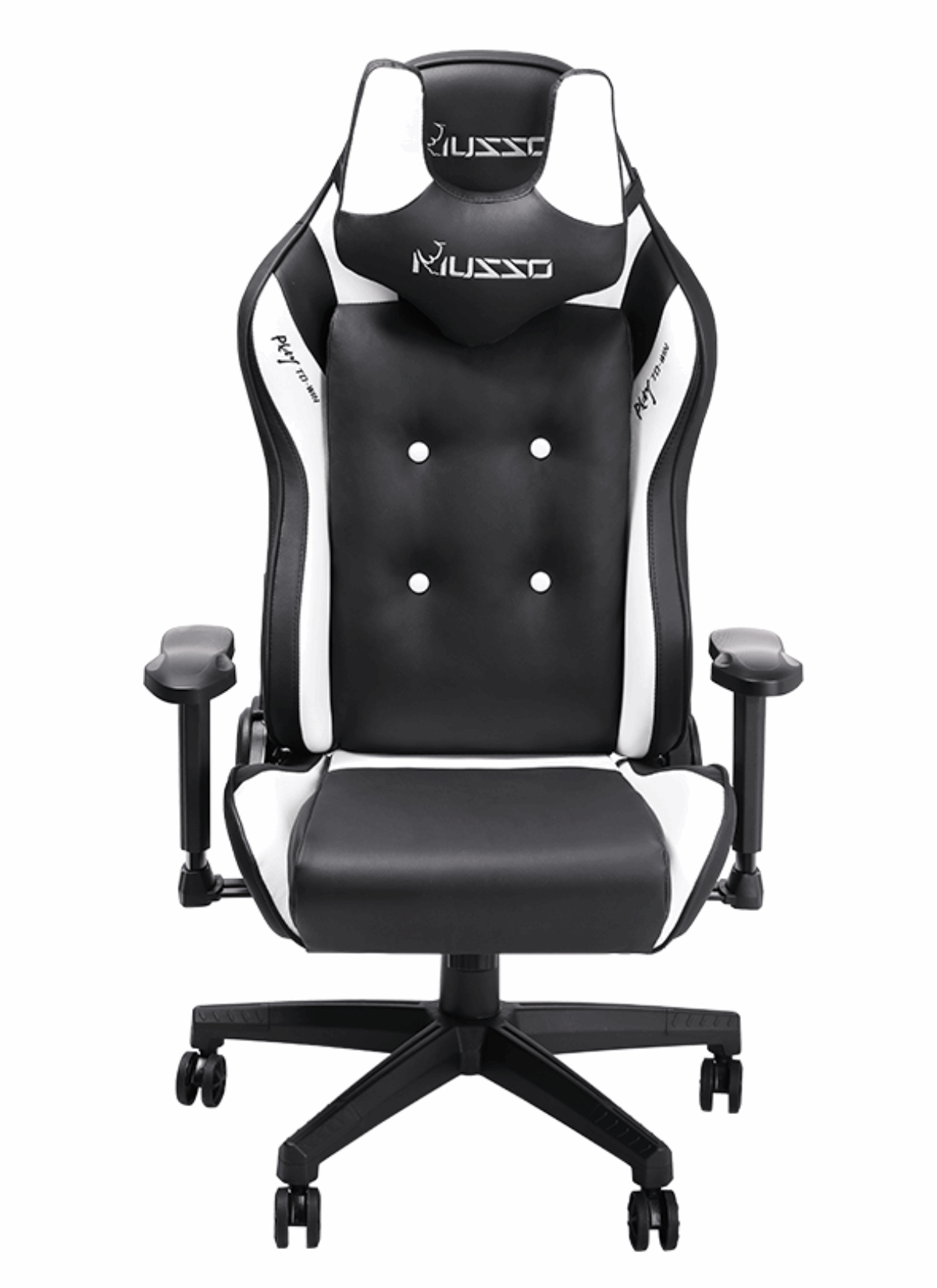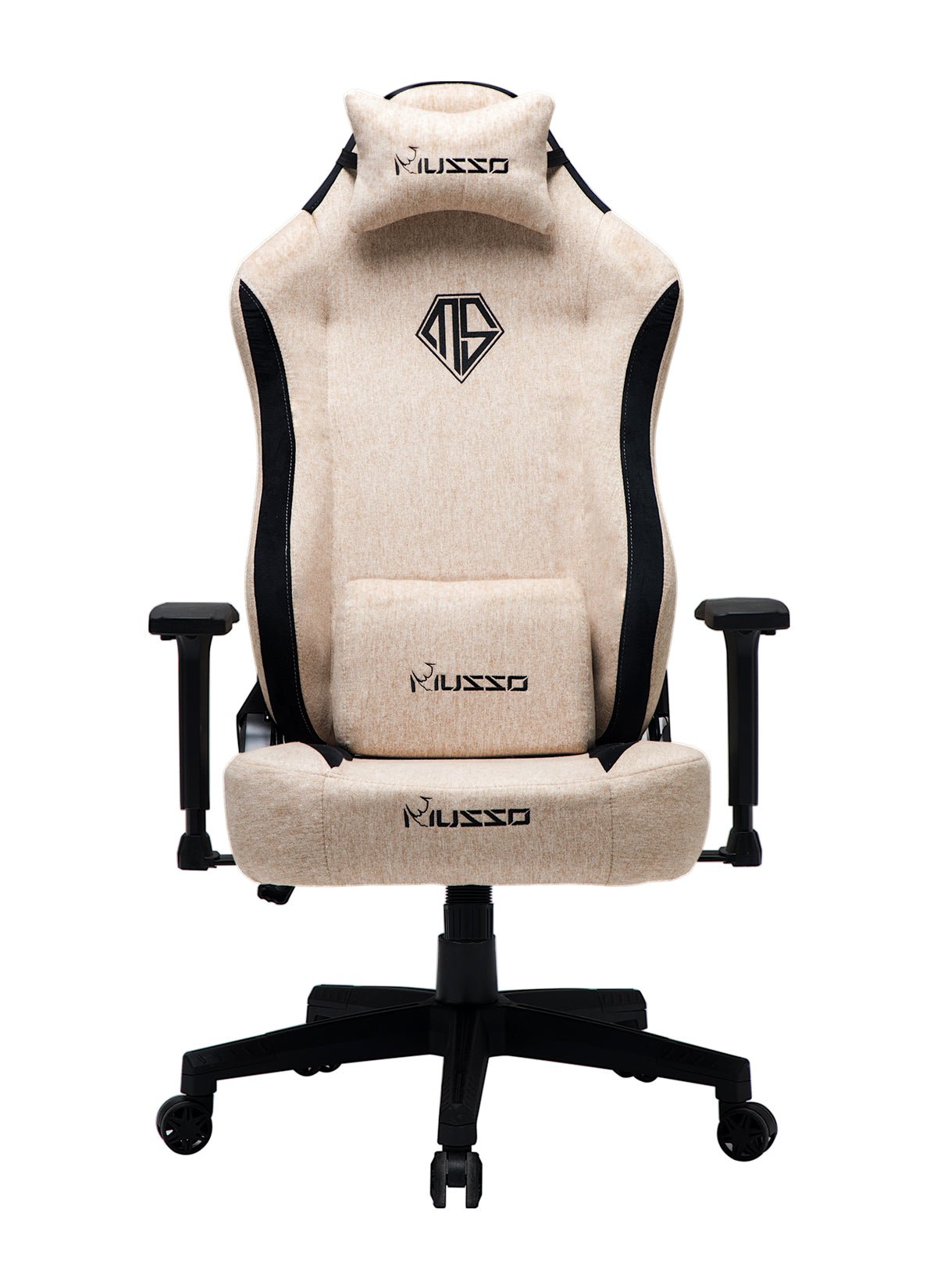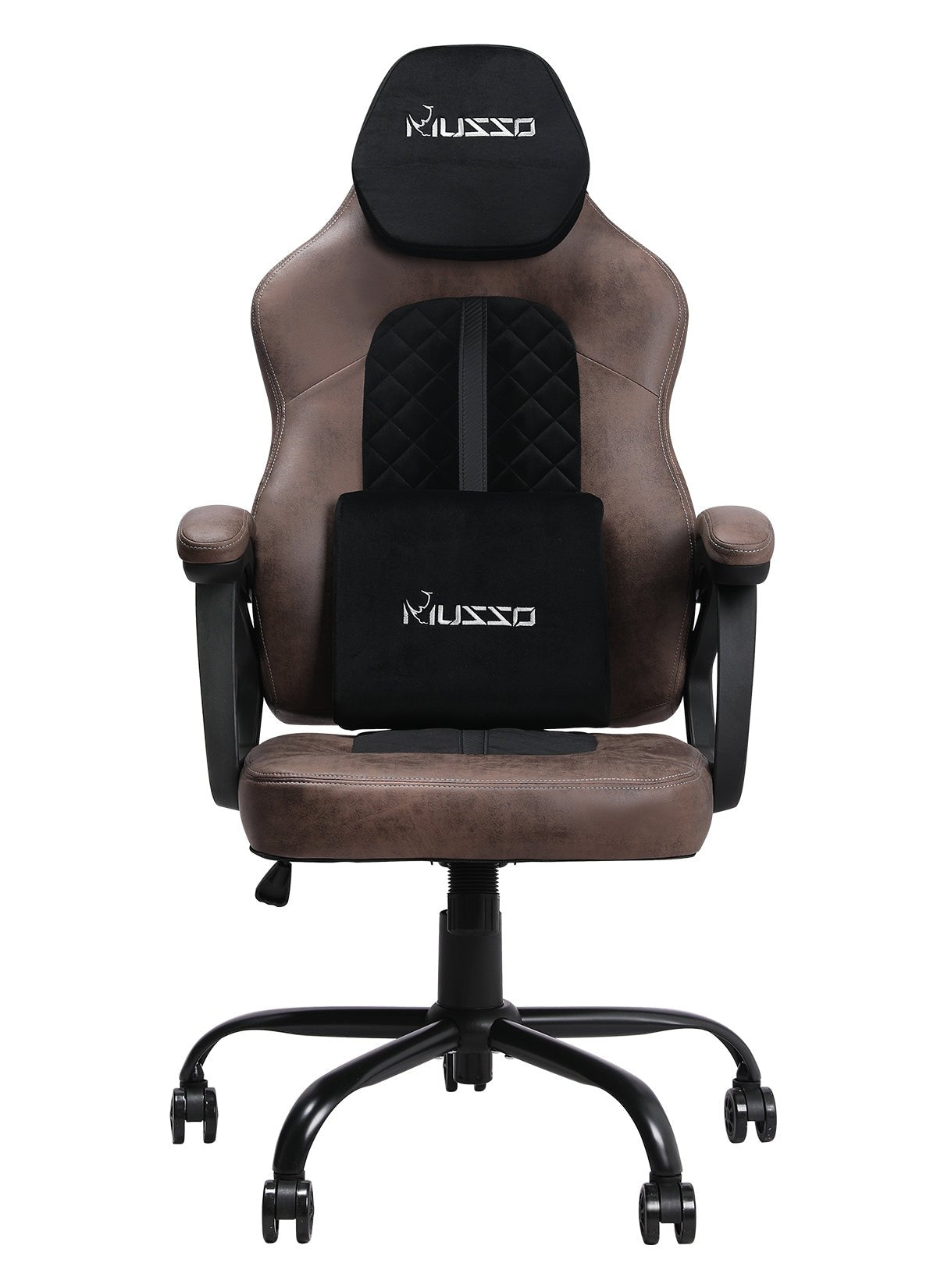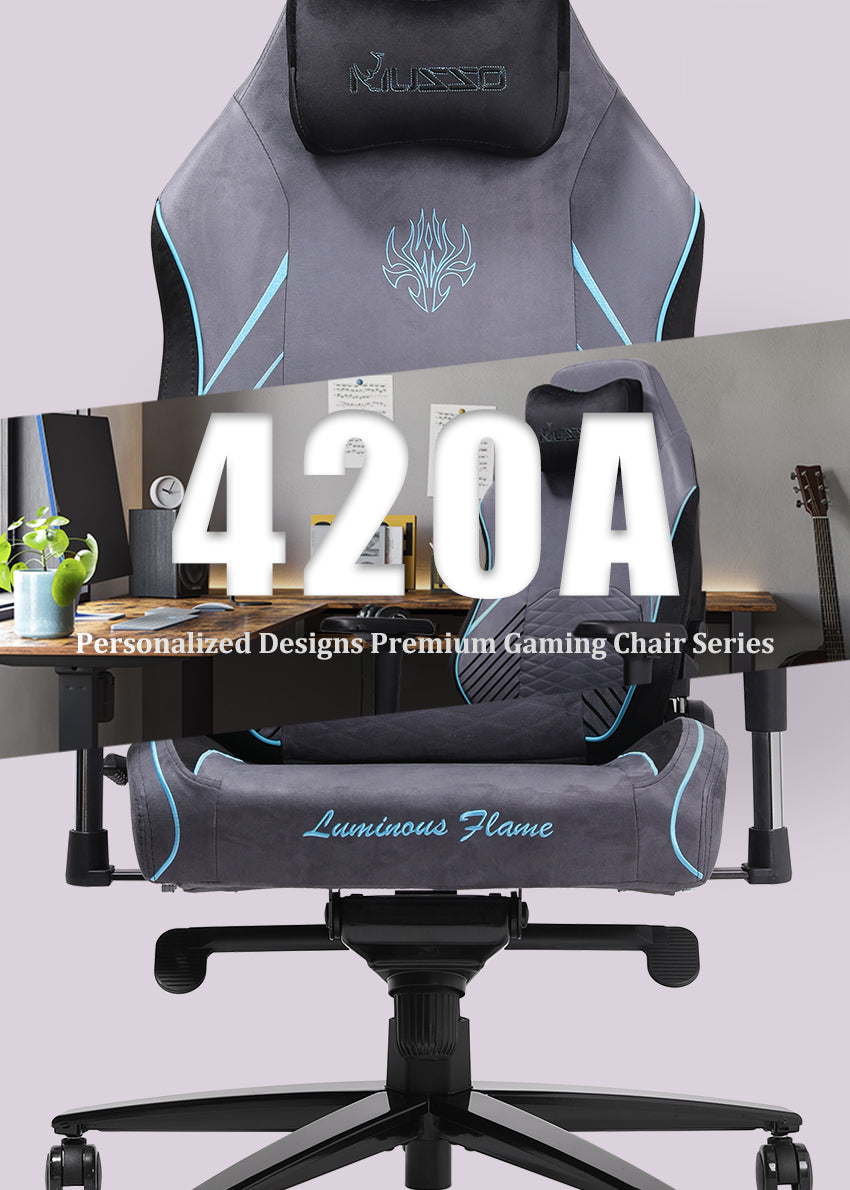Comfort ≠ Ergonomics
When people hear the word ergonomics, their first reaction is often comfort. After all, whether it’s ergonomic chairs, keyboards, or tools, advertisements usually highlight how “comfortable” they are. But ergonomics is not the same as comfort. It is a science that studies how products and environments can adapt to human movement and needs, with the goals of reducing physical strain, preventing injuries, and improving efficiency. Comfort may be one outcome, but it is by no means the only one.
Take, for example, an ergonomic office chair. It is designed to support the spine, maintain proper posture, and reduce lower back pressure, helping to prevent musculoskeletal disorders. At first, it may feel somewhat firm or unfamiliar. But over time, you’ll notice less strain and fatigue. This comfort comes from improved health and physical relief, not just softness. In contrast, a very soft sofa may feel cozy at first, but prolonged sitting or lying can lead to back pain or even spinal problems.
In other words, ergonomic design is about long-term, health-centered comfort, not just short-term relaxation.
What does ergonomics truly focus on?
Support and posture maintenance
Ergonomic products are designed to help users maintain a natural, neutral body posture and reduce stress on muscles and joints. A key principle is to provide effective support, especially for areas prone to strain, such as the lower back, neck, wrists, and elbows.
Adjustability and personalized fit
Since people differ in height, weight, body proportions, and work habits, adjustability is essential. A truly ergonomic design allows users to fine-tune height, angles, distance, and other settings to match their needs, providing tailored support for every individual.
Prevention of repetitive strain injuries and work-related disorders
For example, prolonged use of a traditional mouse can lead to carpal tunnel syndrome, neck pain, and other occupational health issues caused by repetitive poor posture. Ergonomic products address these problems by improving body position, reducing joint strain, and distributing pressure—helping to prevent long-term injuries. The focus is not just on present comfort, but on protecting health ten or twenty years into the future.
Improved efficiency and user experience
Good ergonomic design minimizes unnecessary movement and energy use, making tasks smoother and more efficient. It also enhances psychological comfort. An excellent ergonomic product should feel natural to use—intuitive, effortless, and seamless.

Conclusion
Ergonomics is not synonymous with comfort—it is a scientific design philosophy that promotes health, safety, and efficiency. Short-term “comfort” can sometimes create long-term health problems, whereas true ergonomic design supports our well-being and helps us work and live better.
So, the next time we choose office or household products, we should take a more thoughtful view of the word ergonomics—and make decisions that truly benefit our health.


